Tech
Ulusoy Cagatay
Aug 21, 2025
How Wolt Builds Tech Community Through Meetups and Open Source
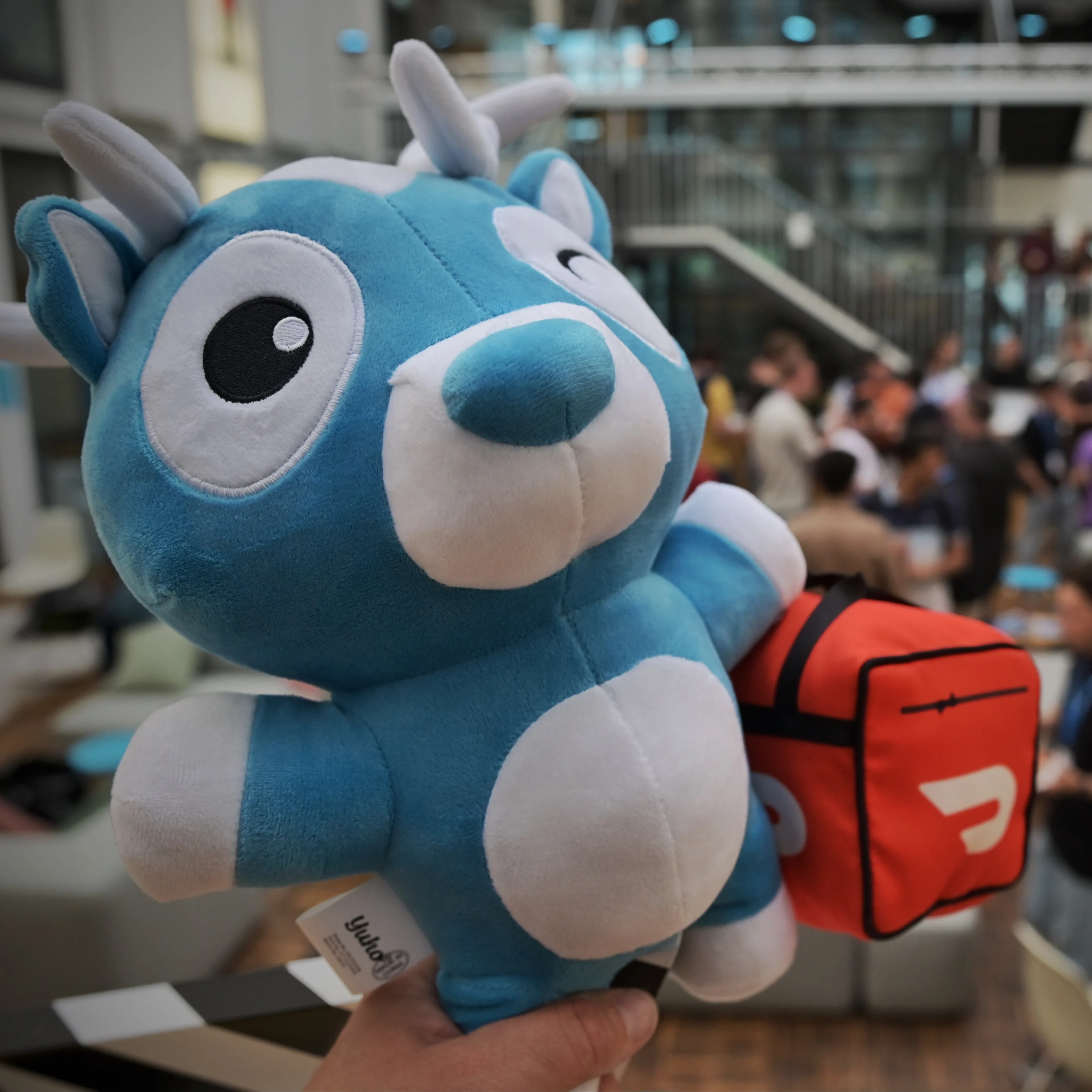
At Wolt, some of our best engineering hires didn’t come through traditional recruiting. They came through open source contributions, conferences, meetups, and personal referrals.
We believe that a great engineering culture isn’t just about having smart people or strong tech stacks, it’s about sharing what we learn, learning from others, and building connections beyond company walls. A big part of that is our engagement with tech communities: through local meetups, open source projects, conference talks, and more.
In this blog, Cagatay Ulusoy, our software engineer and Google Developer Expert for Flutter, shares how we bring that culture to life at Wolt, and the impact it’s had on hiring, brand awareness, and developer growth.
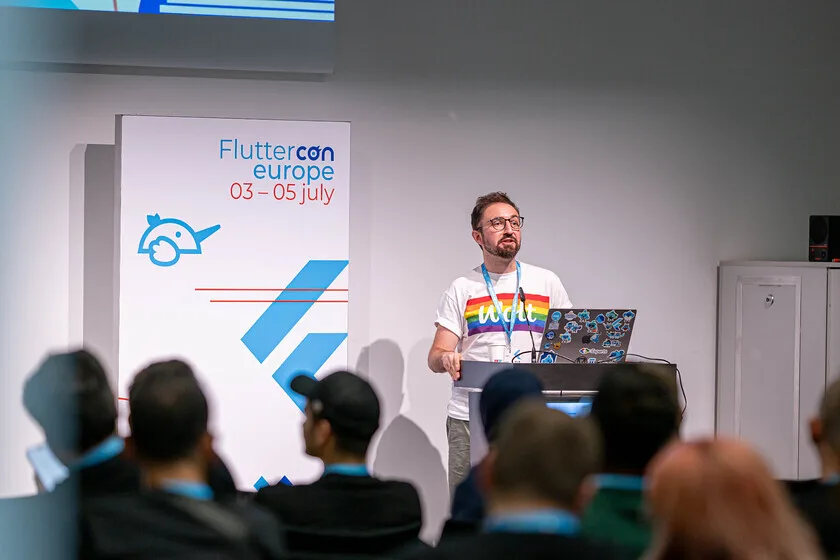
First, let’s get to know Cagatay!
Originally from Turkey, I’ve been living in Finland for around 15 years. I’m a software engineer in the Merchant group, one of our three core customer segments alongside courier partners and end-consumers. I joined Wolt in 2021 as an Android engineer, but over time, I started contributing more to our Flutter app and eventually moved full-time to the Merchant App team.
My career didn't start in mobile app development though. I have a background in telecommunications and moved to Finland for my Master’s degree. I wanted to build products that people interact with every day, which led me to pivot to mobile development about 12 years ago. After seven years in native Android, I’ve spent the last five years focused entirely on cross-platform development using Flutter.
I also recently completed a two-year term as the Flutter Competence Lead here at Wolt (read on to find out what that’s all about 😉), and I’m a Google Developer Expert for Flutter and Dart, or GDE for short. It’s a recognition from Google for contributions to their technology. There are about 120 Flutter GDEs worldwide, and I'm very proud to be the only one in Finland.
How we engage with Tech communities
We connect with the tech community in several ways:
Hosting meetups in our hubs like Helsinki, Berlin, and Stockholm, and sharing recordings on our 'Wolt Tech Talks' YouTube channel.
Speaking at and attending conferences and meetups to share learnings and stories.
Contributing to open source, both maintaining our own projects and improving those we use.
Writing Wolt Tech Blogs to deep dive into technical topics.
Podcasting to share our tech experiences and learnings.
Each channel plays a different role in how we share, learn, and stay connected with the broader tech ecosystem.
Hosting and supporting Tech meetups
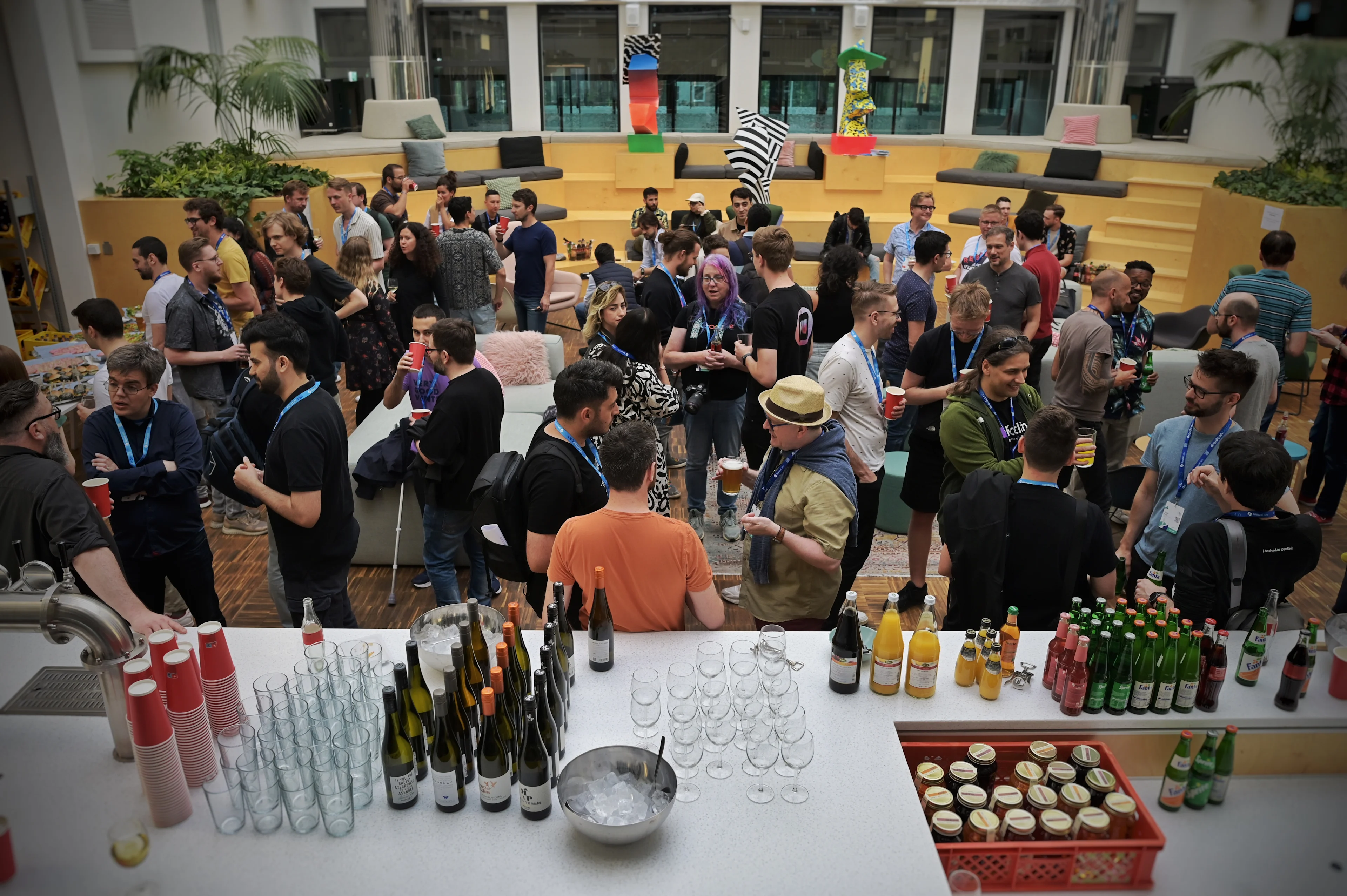
For me, the biggest motivation for organizing meetups is simple: to give back to the local community. Having organized meetups myself, I know how hard it can be to find a venue and secure speakers. At Wolt, we can help solve both problems, so if you're organizing a meetup and need support, feel free to reach out.
One example I love sharing is our Flutter Meetup in Berlin. A new meetup group was just getting started, and we offered to host their first-ever event. It was a huge success. Engineers from different companies joined, and it created real momentum. The best part? We later hired one of the organizers, who’s now a key member of our Flutter team.
We’ve supported larger events too. For example, we hosted the official speaker party for Droidcon and Fluttercon Berlin, one of Europe’s largest tech conferences. It was a win-win: we provided the venue and got to connect with world-class experts.
Our approach to hosting meetups boils down to three things:
Be strategic: We focus on areas where our tech stack and hiring needs align. For example, we might host a 'Mobile Meetup' combining iOS, Android, and Flutter, which brings together diverse engineers without overcommitting resources.
Make it a team sport: Our developers want to network, our talent acquisition team answers career related questions, and IT ensures that recording and streaming go smoothly. This approach also serves as a great opportunity for our employees from different departments to work together, strengthening internal networking.
Always be learning: We attend meetups by other companies and host retrospectives after our own events to keep improving.
Networking is the most important part of meetups. Sharing problems, exchanging ideas, and learning from each other is how we grow. I’ve always enjoyed being part of the app development community as there are millions of us solving similar challenges. And when we share our experiences, we all move forward faster.

Speaking at and attending conferences
For us, speaking at conferences is about more than visibility, it’s about sharing our passion for what we build and inspiring other great engineers to join. Wolt’s story is a pretty unique one. We’ve grown from a small tech startup in Helsinki to a household name in 30+ countries by building our own technology.
Did you know that only 15% of our engineers work on what consumers see? The other 85% focus on everything behind the scenes: logistics, optimization, machine learning, internal tools, infrastructure, you name it. We make hundreds of small improvements every day to keep our service convenient, accessible, and seamless.
My experience with Flutter at Wolt is a great example of what I call a virtuous cycle. It started as a two-person experiment. We delivered results. That built trust and led to more investment. We were able to grow our team, share our journey, and those stories helped us attract even more talent.
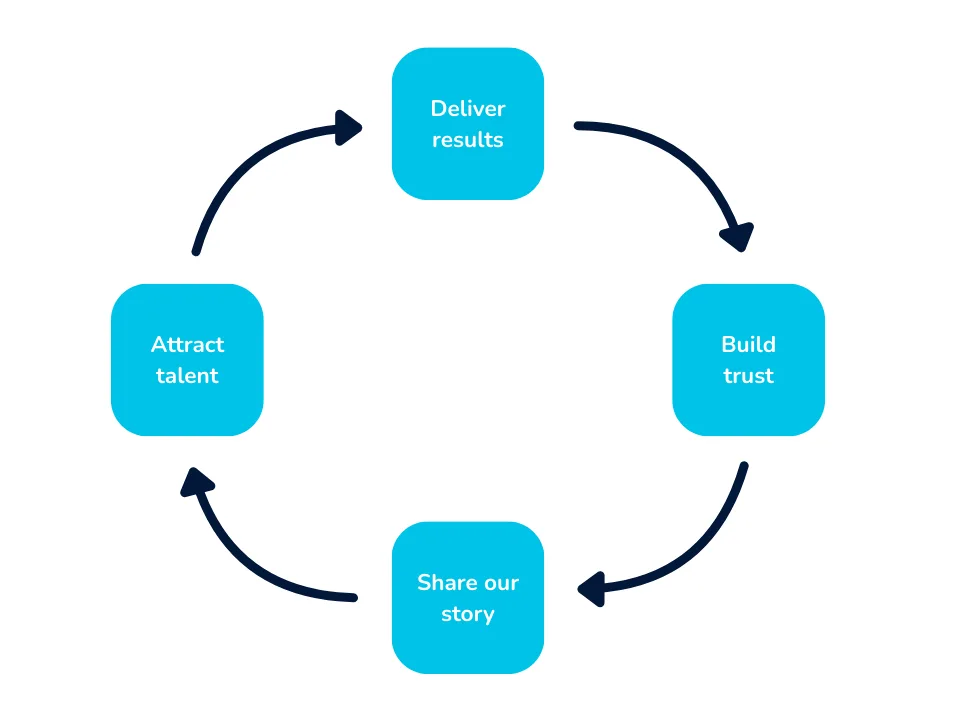
Some of our most exciting Flutter projects include migrating the Wolt Merchant app from native iOS to Flutter, and integrating our platform with Tazz, a company we acquired in Romania. These kinds of engineering challenges make great stories and spark new conversations in the community. In fact, I often refer candidates I meet at events to our open roles. And I must admit, I enjoy the referral bonus too! 😊
Our approach to Open Source
I see open source work falling into three categories:
Projects run by individuals, often in their spare time
Projects from consulting companies, primarily for marketing and client acquisition
Projects from product companies, like Wolt, aimed at building a strong tech reputation and attracting talent
At Wolt, we’re in the third group. Our CTO encourages us to share what we’re proud of, and our open source strategy is a natural extension of our engineering culture. As citizens, we give back to the open source projects we use. We either file detailed issues or submit the fixes ourselves. As maintainers, we host our projects on the 'woltapp' GitHub organization. Our most well-known project is BlurHash, used for creating those beautiful blurred placeholders before images load. You’ll see it in action across our own products and many others.
One open source project I’m especially proud of is the Wolt Modal Sheet. It was one of the first features I built at Wolt, based on a beautiful detailed design from our team. I worked hard to do it justice and felt we had to share the result with the world.
What we’ve seen from releasing it publicly:
Visibility: The library gets over 60,000 downloads a week and is often mentioned in candidate conversations.
Community: It has 27 contributors from all over the world, some are Google Developer Experts, others made their first-ever OSS contribution here.
Hiring: Two contributors from this project are now Wolt employees.
Of course, open source isn’t without its challenges. The biggest is balancing time spent managing projects and responding to community feature requests with our own internal priorities. We need a clear business reason to dedicate engineering time to those asks—it’s a classic dilemma for product companies.
The good news? Our open source work has inspired others to pick up where we left off and take things further. A great example is the smooth_sheet Flutter package, which was inspired by wolt_modal_sheet but expands the core feature set and remains independent of Wolt’s design system.
Measuring the impact of our community activities
You can’t improve what you don’t measure. One of our key tools is a newbie survey we send to every new hire, asking what influenced their decision to apply. This data helps us understand which community activities are working, and where to focus our efforts next.
Another key signal is the response rate from passive candidates, engineers who are not actively job hunting. For Flutter roles especially, our response rate has been high. Recruiters often get replies like: “Oh yes, I know Wolt, I use your open-source library!” That kind of brand recognition is proof that our community work is making an impact.
When I present this internally, I combine recruitment data with open source health metrics, things like GitHub stars, download counts, and contributor activity. It shows that we’re not just doing work we enjoy, we’re building a healthy, visible, and engaged tech brand, which is the foundation for attracting the best talent.
What a Competence Lead does at Wolt
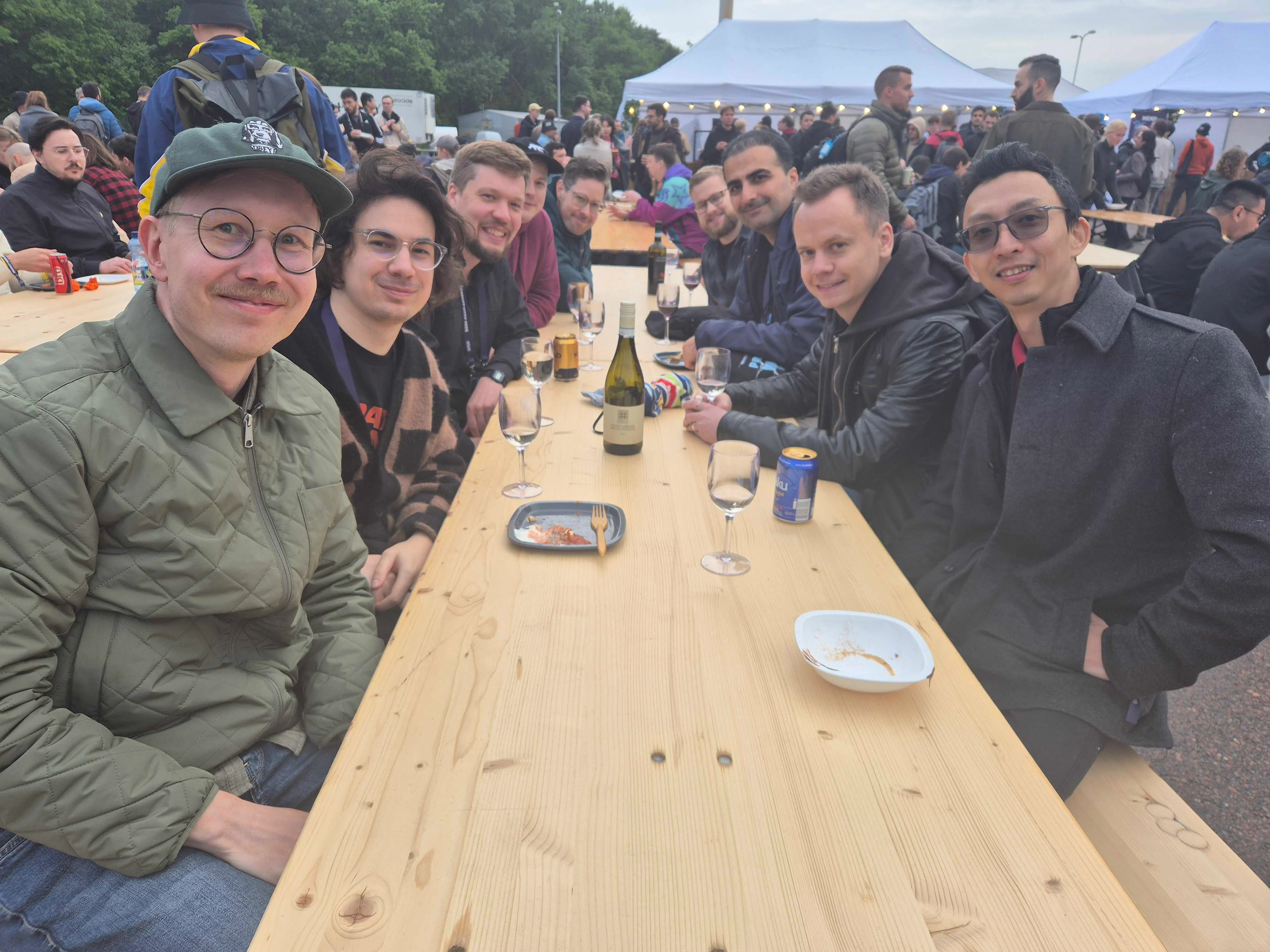
As Wolt’s engineering team grew, we created the Competence Lead role to keep our technical direction aligned. Today, we have around 10 Competence Leads across different technologies, each playing a key role in shaping both our hiring and our culture.
A Competence Lead’s responsibilities fall into three areas:
Hiring: Ensuring fair and high-quality processes across their tech domain
External: Representing Wolt’s engineering brand in the wider tech community
Internal: Fostering learning, alignment, and best-practice sharing inside Wolt
One of the ways we do this is by helping our developers grow their public speaking skills. We give feedback on internal talks, help people practice, and support them in taking their ideas to the stage at external events. It's a great way to build confidence, develop a personal brand, and contribute to the broader tech community.
Watch this talk where I explain the Competence Lead role in more detail at FlutterCon.
Want to get involved?
If you're someone who enjoys building great products, learning deeply, and sharing your expertise with others, you might really enjoy working here. Check out our open tech roles to see where your skills could fit in.
And to our peers in other tech companies, we hope this gave you a few ideas on how to grow your developer community and build your own virtuous cycle.
💙 Let’s keep learning and building together.